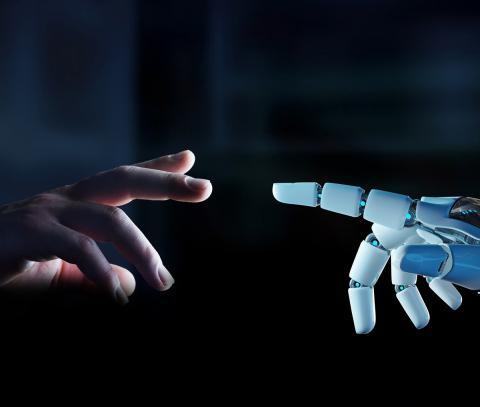Toward an Artificial Intelligence-Based Music Tutor
This project envisions using technology to make music education, specifically learning how to play an instrument, more accessible, enjoyable, and comprehensive than current techniques. While there is no substitute for human-based instruction, especially regarding creative and expressive subjects like music, there is room for productive use of technology to augment existing techniques, particularly in terms of filling the time gaps between interactions with a human instructor and addressing knowledge gaps about particular elements and genres of musical expression.
